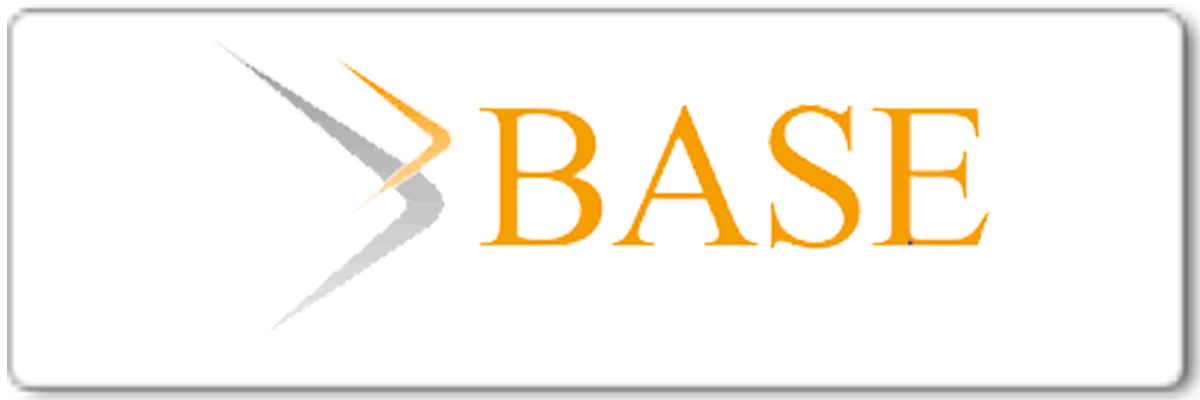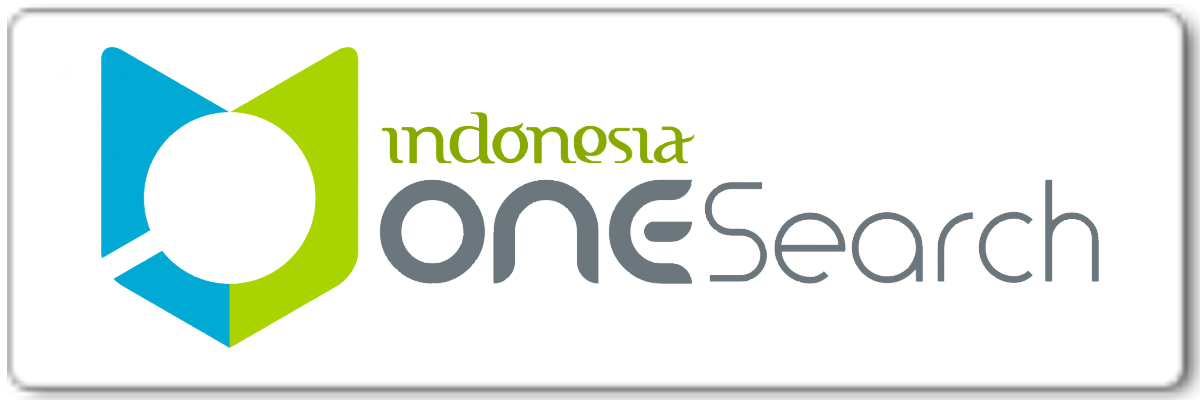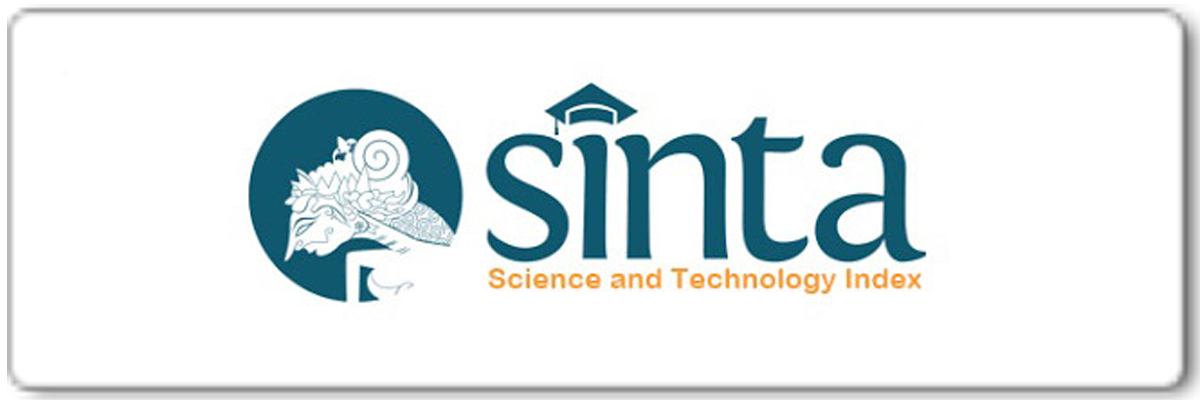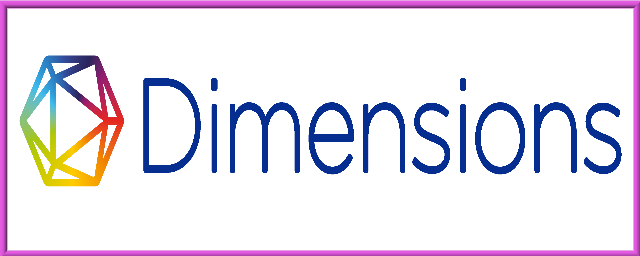THE USE OF KWL (KNOW, WANT, LEARNED) STRATEGY ON STUDENTS’ READING COMPREHENSION
Abstract
taken was the seventh grade students of SMP PGRI 6 Malang. There were 54 students belonging to class VII C as the experimental group and VII A as the control group. Both pre and post tests were executed to obtain the data. The primary data were gained by comparing the result of post-test from the experimental group and that of the control group. The result of post-test exhibits that the sig. (2 tailed) or p- value is 0.000 lower than 0.05 (the level of significance). It means that the students who are taught by using KWL strategy have better reading comprehension than those who are not. The results of questionnaire show that the students give very good responses related to the implementation of KWL strategy. Overall, the results imply that the students’ reading comprehension can be effectively increased by using KWL strategy.
Keywords
Full Text:
PDFReferences
Anderson, N. (1999). Exploring Second Language Reading: Issues and Strategies.
Ary, D., Jacobs, L. C., Razavieh, A., Sorensen, C. K., & Sorensen, C. (2009). Introduction to Research in Education (8th Editio). USA: Belmont, CA Wadsworth.
Aulia, R. (2017). The Effect of Using Visualization Strategy on The Students’ Achievement in Reading Comprehension. 1–81.
Cahyono, B. Y. (2006). the Teaching of Efl Reading in the Indonesian Context: the State of the Art. The Teaching of Efl Reading in the Indonesian Context: The State of the Art, 17(1), 36–58. https://doi.org/10.15639/teflinjournal.v17i1/37-60
Heriyawati, D. F., Saukah, A., & Widiati, U. (2018). Working memory capacity, content familiarity, and university EFL students’ reading comprehension. Indonesian Journal of Applied Linguistics, 8(1), 21–27. https://doi.org/10.17509/ijal.v8i1.11458
Klingner, J. K., Vaughn, S., & Boardman, A. (2007). Teaching Reading Comprehension to Students with Learning Difficulties (9th ed.). United State of America.
Nunan, D., Terrell, T. D., & Brown, H. D. (2015). Practical English Language Teaching: English for Young Learners. In Language (Vol. 57, Issue 3).
Richard T. Vacca. (2008). Content Area Reading: Literacy and Learning Across the Curriculum. Allyn & Bacon.
Saepudin. (2018). THE USE OF K-W-L (KNOW – WANT to KNOW – LEARNED) STRATEGY TO IMPROVE STUDENTS’ READING COMPREHENSION.pdf (pp. 57–62). https://doi.org/https://doi.org/10.33592/jipis.v27i1.947
Sinambela, E., Manik, S., & Pangaribuan, R. E. (2015). Improving Students’ Reading Comprehension Achievement by Using K-W-L Strategy. English Linguistics Research, 4(3), 13–29. https://doi.org/10.5430/elr.v4n3p13
Usman, B., Fata, I. A., & Pratiwi, R. (2019). TEACHING READING THROUGH KNOW-WANT- LEARNED (KWL) STRATEGY: The effects and benefits. Englisia Journal, 6(1), 35. https://doi.org/10.22373/ej.v6i1.3607
Walser, T. M. (2014). Quasi-experiments in schools: The case for historical cohort control groups. Practical Assessment, Research and Evaluation, 19(6). https://doi.org/https://doi.org/10.7275/17hj-1k58
Woolley, G. (2011). Reading Comprehension: Assisting Children with Learning Difficulties. Springer Science & Bussiness Media.
Zhang, F. (2010). The Integration of the Know-Want-Learn(KWL) Strategy into English Language Teaching for Non-English Majors. Chinese Journal of Applied Linguistics, 33(4).
Article Metrics
Abstract has been read : 912 timesPDF file viewed/downloaded: 0 times
DOI: http://doi.org/10.25273/etj.v9i2.11093
Refbacks
- There are currently no refbacks.
Copyright (c) 2021 Dwi Fita Heriyawati, Lulus Irawati, Angellia C.L.T Haliwala
English Teaching Journal: A Journal of English Literature, Language and Education indexed by:
This work is licensed under a Creative Commons Attribution-NonCommercial-ShareAlike 4.0 International License.







